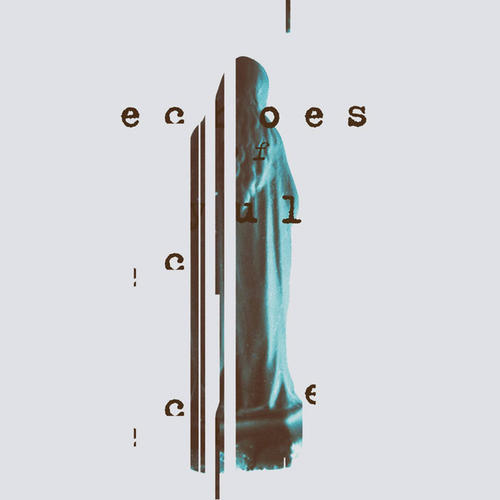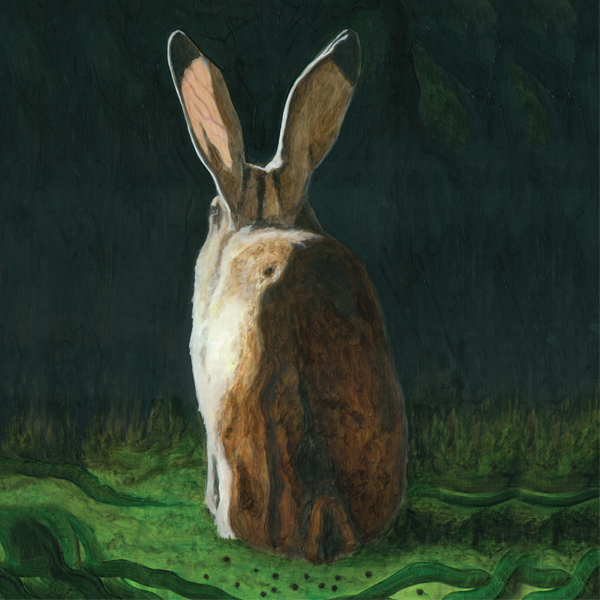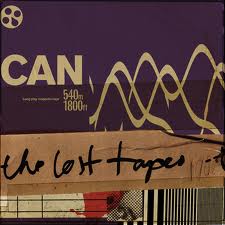 I first became aware of Jon Hassell’s work mainly through collaborations with artists such as Brian Eno on the Possible Musics album and with his work with David Sylvian on Brilliant Trees onwards. City: Works of Fiction are three intertwining albums that has Hassell stretch his palette in many different directions but still remaining in very much art house territory.
I first became aware of Jon Hassell’s work mainly through collaborations with artists such as Brian Eno on the Possible Musics album and with his work with David Sylvian on Brilliant Trees onwards. City: Works of Fiction are three intertwining albums that has Hassell stretch his palette in many different directions but still remaining in very much art house territory.
Big drum machines and stabbing, Fairlight-style synth noises make “In The City of Red Dust” almost industrial in its overall sound. It thrusts at us and clatters like falling buildings. “Rain” is a gentle, soothing jazz piece with the horn taking centre stage over dripping synth lines. “Warriors'” sounds seem to fall from leaden skies and it crosses between almost ambiance and unsettling tones until its strikingly punchy rhythm section hits in. The final track, “Out of Adedara” seems to take us on an almost jungle like trek to the edge of a continent, its steady rhythm infused with jazz chordal progressions over the top that take it to a place all of its own. Original Fiction is a mesmerising record full of unexpected turns of phrase throughout and an odd, disquieting feeling at times as it takes you down abandoned streets.
Disc two is The Living City: Live at Wintergarden 17 September 1989. This is a classic Hassell live performance in all its glory. “Ituri” bubbles and spurts like a geiser as its powerful throbbing bass line caries it through. At points its discordant harmonies trigger off forgotten memories in the listener, and it also reminds me at points of tracks on Eno’s Another Green World in its execution. “Alchemistry” uses bass harmonics to create a basis for the angular sounds of some of the other instruments to jostle with over the top, while fine slap bass and percussive work underscore some of Hassell’s most otherworldly horn playing on “Adedara Rising.”“Mashujaa’”s wonderfully executed bass rhythm brings a funkier element to proceedings with its almost disco like horn section over a stammering percussive part. “Paradise Now” starts with sombre chords that hang heavy in the air and give a sense of artistic detachment away the normality of everyday routines. This is the soundtrack to a Leonora Carrington novel, a view into a different mindset. The final track, “Nightsky,” bristles with evening electricity, like the humming of overhead pylons in the desert. Certainly the most ambient piece in the performance, it leaves the album with a sunset glow afterthought and a shimmering resonance of early evening stars.
Disc three is called Psychogeography: Zones Of Feeling, this is an 18-track work of out-takes, alternative versions and remixes that concludes the trilogy. “Aerial View” is fleeting, but hovers and sets the tone for the album perfectly. On this disc we see Hassell play further with his ideas around fourth world musics, as in tracks like “Neon Night” that seem to have a languid heat around them all of their own. He also strays into dance territory at times on tracks like “Red Rose Empire” that certainly have a bass groove to them and stray away from any forms of standard jazz influence. “Streetfaxx” even has a funky guitar sound that Ron Isely would be proud of. “City Spot” is the nearest thing to something that sounds almost like rock music at points with its chuntering rhythm. “Brigantes,” which is an 808 State remix, sounds a little out of place on the album though — or maybe it felt more like a jolt compared to some of the other tracks. “Harambe” is a rainforest etude that shows off Hassell’s trumpet playing perfectly. “Cuba Libre” is a melancholic soundtrack to a summer afternoon’s heat haze. “Metal Fatigue” dips its toes into Test Department-sounding industrial landscapes when remixed by Patten. “Cloud-Shaped Time” ends the album in almost subdued fashion and reminded me of strolling through the galleries at the Pompidou Centre in Paris and gazing at the marvellous art there.The three albums guide you through Hassell’s thought process to link them together as a whole. This doesn’t feel or seem like a systems approach to music but something far more organic in its final process. These are pieces that can be viewed individually or as a complete piece of work. They are a triptych that can also be heard on their own separate levels. The vibrancy of the performances stretch out beyond the canvasses they were created for into a distinct new life of their own.
-Gary Parsons-



